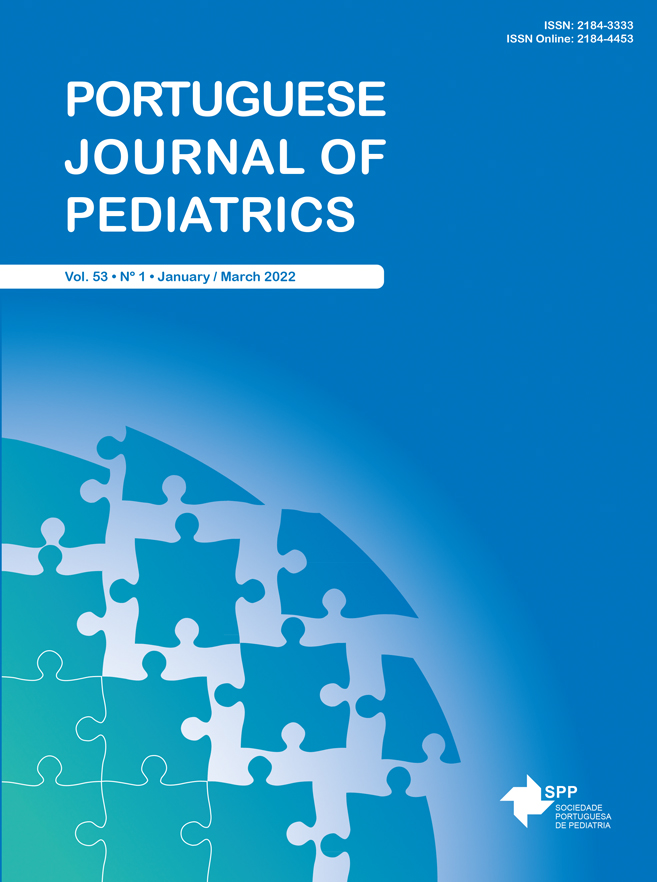Pediatric Hospitalizations for Ambulatory Sensitive Conditions in Portugal
DOI:
https://doi.org/10.25754/pjp.2022.18634Abstract
Introduction: Hospitalizations can reveal consequences on child development, potentiate infections and increase hospital costs. About 30% of pediatric hospitalizations can be avoided with adequate outpatient care. Ambulatory Care Sensitive Conditions allows you to analyze these hospitalizations and monitor morbidity, access and quality of care.
Methods: Ambulatory Care Sensitive Conditions were characterized by the PDI and Bardsley et al. methodologies, with episodes of hospitalization of children under 18 years, in 2017, from the Central Administration of the Health System database, with ICD-10-CM version GDH. A descriptive analysis was performed with the SPSS and Microsoft Office Excel software of the variables gender, age, region, length of stay and main diagnoses and determined the prevalence, rate of hospitalization and financial impact.
Results: Ambulatory Care Sensitive Conditions represent 13.10 to 17.50% of all pediatric hospitalizations, respectively, using the PDI methodology and Bardsley et al., with an average delay of four days, male prevalence (52%), up to at the age of four (> 30%), in the Northern region (> 30%) and highest rate in the Lisbon region (> 30 hospitalizations / 10000 inhabitants). The main causes are gastroenteritis, urinary tract infection, ear, nose and throat infections, asthma and seizures and epilepsy. The financial impact is four to six million euros for more than 20000 days of hospitalization.
Discussion: The results reveal a potential difference in care needs by region and an indispensable adequacy of the supply and distribution of health resources.
Keywords: Ambulatory Care Sensitive Conditions; Pediatric age; Avoidable hospitalizations
Downloads
Downloads
Published
Issue
Section
License

This work is licensed under a Creative Commons Attribution-NonCommercial-NoDerivatives 4.0 International License.









